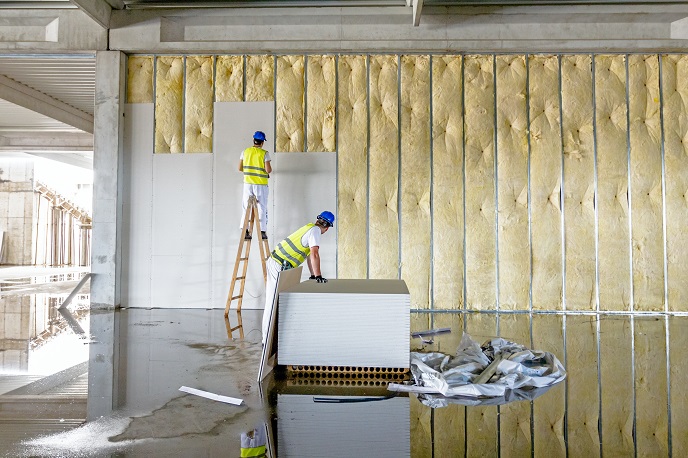Next generation aerogels offer industrial solutions
A key result has been the development of new scalable production processes for aerogel particles. The construction of a pilot plant at Hamburg University of Technology has enabled the NanoHybrids (New generation of nanoporous organic and hybrid aerogels for industrial applications: from the lab to pilot scale production) project team to produce prototype aerogel particles in new sizes and in sufficient quantities for industrial partners to trial new applications. New insights into their characteristics have been gained and production processes will continue to be optimised until project completion in April 2019. “Aerogels are made from polymers with tiny nanosized pores and are among the world’s lightest solids,” explains NanoHybrids project coordinator Prof. Irina Smirnova from Hamburg University of Technology in Germany. “This makes them ideal, for example, for thermal insulation. Thin aerogel panels are well suited for insulating buildings, and can be used with superlight concrete.” Porous, lightweight aerogels also have potential applications in areas such as gas adsorption, humidity control and the protection of consumer goods, including food. The global aerogel market is expected to grow by around 33 % between 2014 and 2020, which means there will be new opportunities for European businesses. Production challenges Aerogel production on an industrial scale however remains limited, and most commercially available aerogels are based on silica. The main disadvantage of silica aerogels is their fragility, which limits their applications. Furthermore, organic aerogels – based on biopolymers such as cellulose – and hybrid aerogels that combine two or more different components, such as alginate and pectin, have not achieved significant market penetration. "The goal of the NanoHybrids project has been to close this gap,” says Smirnova. “To tap into the range of potential industrial applications, we really needed to bring the manufacturing of organic aerogels to the next level, from the lab to large-scale production. Without this, the development of organic aerogels and their transfer to market will remain limited.” Pioneering pilot projects The project’s key breakthrough has been the development of the first pilot-scale production system for next-generation aerogels. Multifunctional nanoporous organic and hybrid aerogels have been produced with industrial partners BASF, Dräger, Arcelik, RISE Bioeconomy and Nestlé, all of whom have recognised the huge application potential as well as the need for upscaling production. The pilot production plant at Hamburg University of Technology has made it possible – for the first time – to produce prototype aerogels of the desired size for large-scale industrial tests, and in food-grade quality. “We knew that we needed to increase production capacity in order to provide industrial partners with amounts of aerogels large enough to test future applications,” says Smirnova. New methods for producing organic and hybrid aerogel particles have also been developed, and new insights into the drying of aerogels – a crucial process step – have been gained through collaboration. Following project completion, industrial partners plan to build on these successes and continue development towards marketable products. A start-up has been set up based on NanoHybrids’ results, and plans to increase aerogel production for industrial prototype purposes. Academic project partners have also been able to share their knowledge via open access reviews and research papers, which will hopefully inspire new research into the potential of aerogels. “NanoHybrids has shown that production methods for organic and hybrid aerogels can be scaled up to the industrial scale,” says Smirnova. “This will ultimately enable the large-scale commercialisation of organic aerogels, especially of bio-based ones.”
Keywords
NanoHybrids, construction, engineering, aerogel, organic, bio-based, industrial, insulation







